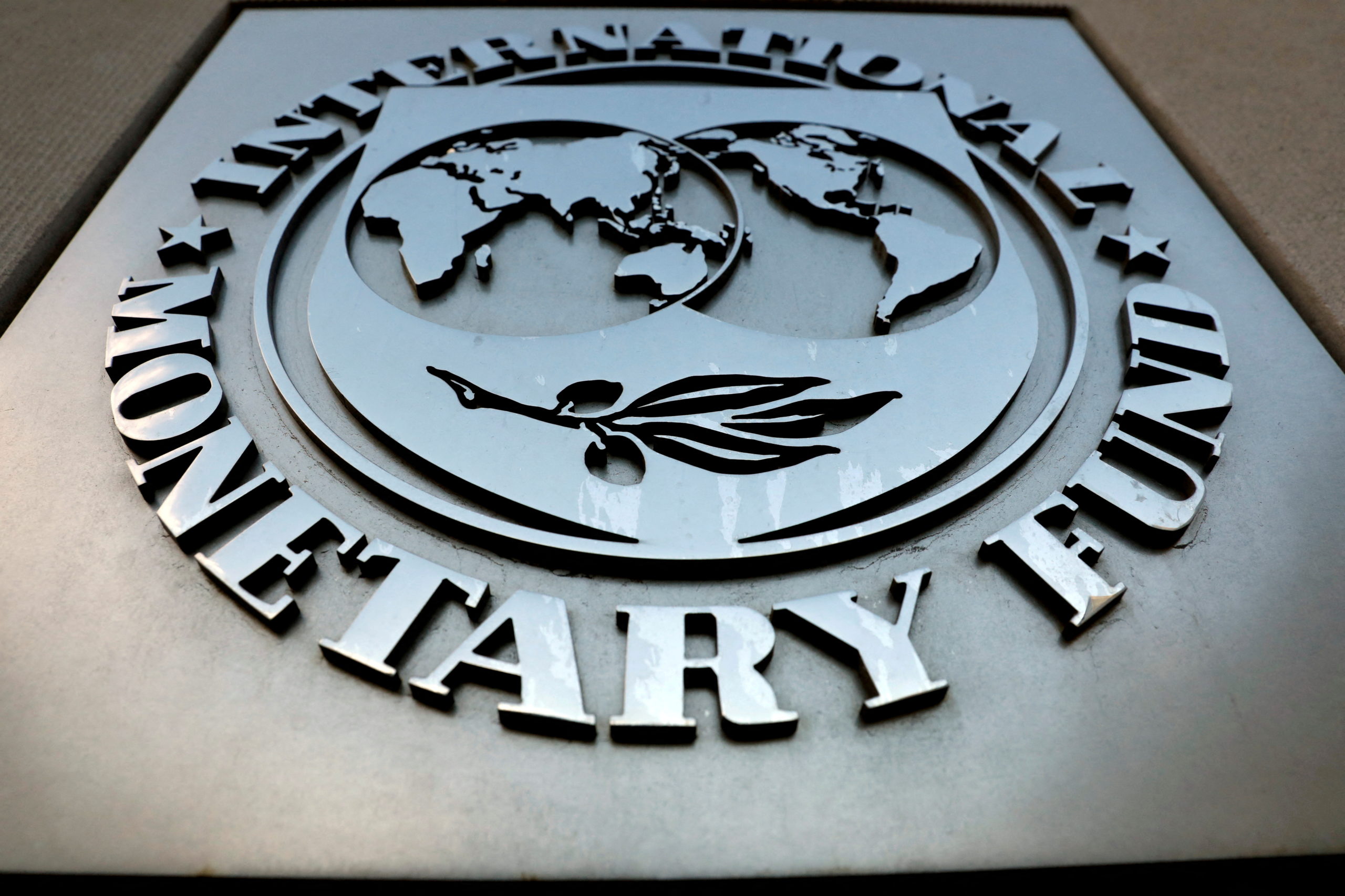IMF sees PH returning to pre-pandemic growth in 2024

FILE PHOTO: The International Monetary Fund (IMF) logo is seen outside the headquarters building in Washington, U.S., September 4, 2018. REUTERS/Yuri Gripas
MANILA, Philippines—First, the good news. The International Monetary Fund (IMF) sees the Philippines returning to pre-pandemic growth. The bad news: It won’t happen until 2024.
The IMF said it expected the Philippines to return to pre-pandemic output levels next year and robust growth rates by 2024 as long as it implements more reforms facilitating economic recovery.
“The Philippines showed signs of economic recovery from the pandemic beginning in the second half of 2021,” said Ragnar Gudmundsson, IMF resident representative to the Philippines, said in an e-mail.
“The recovery momentum is expected to strengthen in 2022 owing to weaker-than-expected impact of the domestic Omicron wave,” said Gudmundsson.
The IMF hiked its 2022 gross domestic product (GDP) growth forecast for the Philippines to 6.5 percent from 6.3 percent previously, even as the Washington-based multilateral lender took into account “some adverse spillovers from the virus resurgence in trading partners and the Ukraine-Russia crisis,” Gudmundsson said. The IMF’s updated growth expectations remained below the government’s 7 to 9 percent target.
Article continues after this advertisementWhile inflation faced upside risks from the ongoing surge in commodity and food prices partly due to Vladimir Putin’s campaign to destroy Ukraine, Gudmundsson said the headline rate would likely average 4 percent this year, or within the Bangko Sentral ng Pilipinas’ (BSP) target range of manageable price hikes conducive to economic growth.
Article continues after this advertisement“The output gap is expected to close in 2023, and the medium-term economic growth is forecast to return to the pre-pandemic rate of 6.5 percent by 2024,” Gudmundsson said.
The Philippines suffered from its worst annual recession post-war in 2020, when GDP shrank by a record 9.6 percent amid the longest and most stringent lockdowns imposed at the onset of the COVID-19 pandemic. Gradual economic reopening led to 5.7-percent growth last year. Prior to the COVID-19 crisis, the Philippines was among emerging Asia’s best economic performers.
For Gudmundsson, “in addition to continued sound macroeconomic policies, enhanced focus on the implementation of structural reforms could contribute to raising productivity and reaching higher growth targets.”
“In particular, efforts to ease doing business and reduce infrastructure gaps would help rekindle investment and new businesses, thereby helping offset long-term scarring effects on employment from COVID-19,” Gudmunsson said.
“These efforts should be combined with targeted training and education policies, which would facilitate labor movement across sectors,” Gudmundsson continued.
Also, “increased spending on social protection, further strengthening public service delivery, and meeting commitments on climate change would foster higher, more inclusive, and greener growth,” Gudmundsson added.
The state planning agency National Economic and Development Authority (Neda) had projected a total of P41.4 trillion in foregone consumption and investments to the Philippine economy during the next 10 to 40 years as a result of the COVID-19 pandemic and its ensuing closure of face-to-face classes as well as neglect of other deadly diseases.